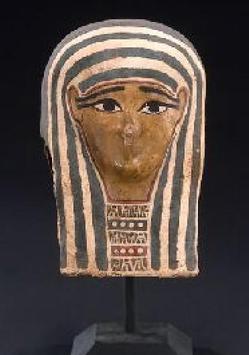Society’s traditions come and go, oftentimes for the better as our understanding of the world evolves, but I find it sad that one tradition in particular has faded away: that of the Grand Tour. While today we associate the idea of the Grand Tour with the late 19th century, in reality the custom began as early as the 17th century, rooted in the idea of religious pilgrim to Rome. In fact, it was during this time that travel began to be seen not just as a means to end, but as a worthwhile process in and of itself, as something done for pleasure, enrichment and intellectual curiosity.
At the same time, everything about travel was expensive and inconvenient. The process was lengthy and costly and one had to have not only the means to pay for the venture and accommodations, but also the ability to be gone for an extended period of time. Thus, as is so often the case when something is difficult and expensive, it will often gain cachet with the upper classes as a visible means of displaying wealth and privilege, and travel was no different as the Grand Tour experience flourished among the aristocracy of England and northern Europe.
While the Grand Tour was a very individualized experience, throughout the 18th century a generally accepted route was formalized, with English travelers crossing the English Channel from Dover, traveling to Paris, then to Switzerland, over the Alps into northern Italy, and then journeying south through Turin and Florence, tacking back and forth as much as possible to visit places like Bologna or Venice, before arriving in Rome. Some tourists would venture as far south as Naples and Pompeii, or as travel later improved, visitors sometimes went to Sicily or made tentative explorations around the Mediterranean, but usually from Rome or Naples, they turned north again, bearing west for the return trip across the Alps in order to visit the Germanic part of Europe: Vienna, Berlin, Munich – before looping back through Holland and crossing the Channel home.
The idea was that this experience would polish the skills a young man (later young women took the Grand Tour as well and the opportunity expanded beyond the aristocracy as rail travel presented a more affordable option) would need as an aristocrat and as one who would likely serve in some official capacity. Many traveled in the company of a tutor as well as entered into lessons along the way, with the expectation that they would return home with courtly manners, strong language skills, and an increased appreciation of world affairs, the history of western civilization, and cultural awareness.
Of course, as has ever been the case, tourists beget tourism, and travelers returned home with all manner of souvenirs: scale models of buildings, paintings and sculptures, ancient artifacts, trinkets decorated with European landscapes, objects designed to keep memories of their trip alive. A collection of such objects is being offered for sale at Skinner Auctions. Nearly 100 lots of terrific artifacts of dozens of Grand Tour trips including column models, paperweights, miniature landscapes, micromosaic scenes, and much more will be starting a new journey this weekend as they cross the auction block, so be sure to “take a tour” of the sale!








